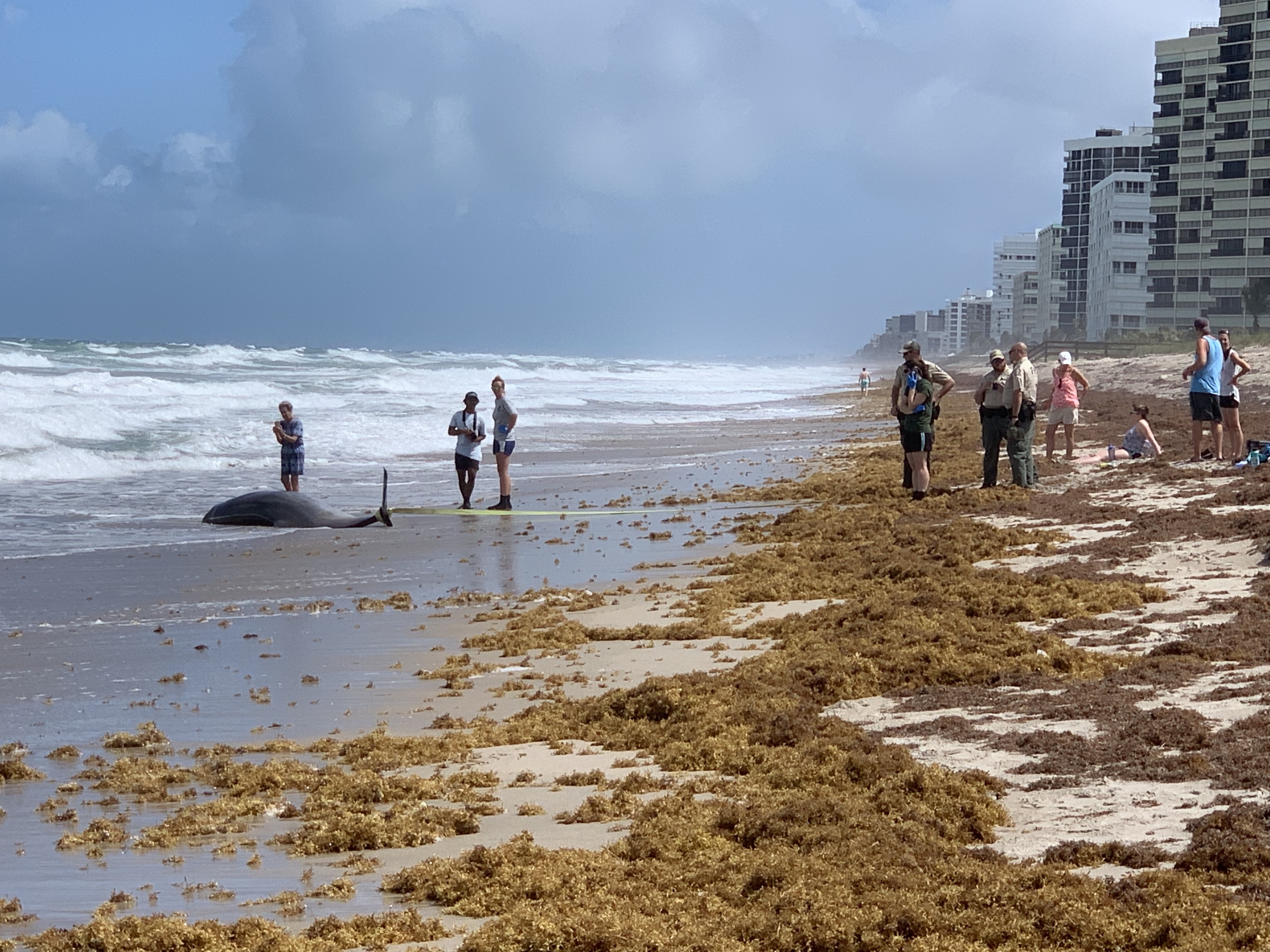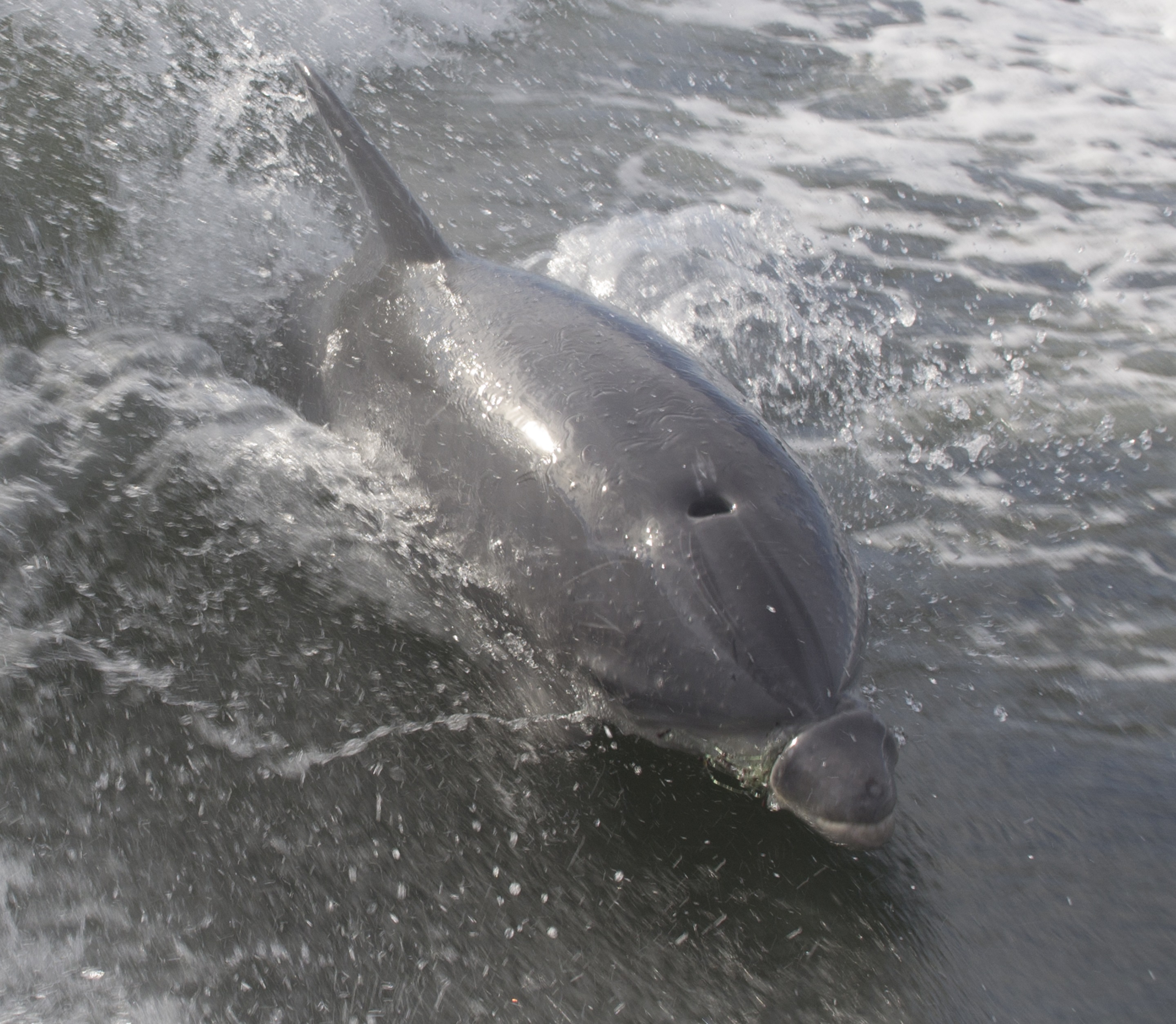Juvenile social play predicts adult reproductive success in male bottlenose dolphins, a new study has found.

news, journals and articles from all over the world.

Juvenile social play predicts adult reproductive success in male bottlenose dolphins, a new study has found.
Researchers evaluated the prevalence, concentration and tissue distribution of essential and non-essential trace elements, including heavy metal toxicants in tissue (blubber, kidney, liver, skeletal muscle, skin) and fecal samples. Findings reveal how toxicant levels relate to their sex, breed, age and other demographic factors.
Male bottlenose dolphins form the largest known multi-level alliance network outside humans, an international team led by researchers at the University of Bristol have shown. These cooperative relationships between groups increase male access to a contested resource.
They click. They whistle. They love seafood. They are New York City’s nearshore bottlenose dolphins (Tursiops truncatus) that return to feed in local waters from spring to fall each year, and a team of scientists led by the Wildlife Conservation Society (WCS) is tracking them.
An international team of researchers have developed a method to assess sustainable levels of human-caused wildlife mortality, which when applied to a trawl fishery shows that dolphin capture is not sustainable.
New research is shedding light on how the nasal passage in dolphins and whales shifts during embryonic development, from emerging at the tip of the snout to emerging at the top of the head as a blowhole. The findings are an integrative model for this developmental transition for cetaceans.

Researchers examined toxins in tissue concentrations and pathology data from 83 stranded dolphins and whales from 2012 to 2018. They looked at 11 different animal species to test for 17 different substances. The study is the first to report on concentrations in blubber tissues of stranded cetaceans of atrazine, DEP, NPE and triclosan. It also is the first to report concentrations of toxicants in a white-beaked dolphin and in Gervais’ beaked whales.

Researchers examined the outcome of an entangled bottlenose dolphin calf with monofilament fishing line wrapped tightly around its upper jaw. It was successfully disentangled and immediately released it back into its natural habitat. Surviving only two years, results showed long-term severe damage due to this entanglement including emaciation. There are about 1,000 bottlenose dolphins that live in the Indian River Lagoon, which also is a very popular location for recreational fishing.